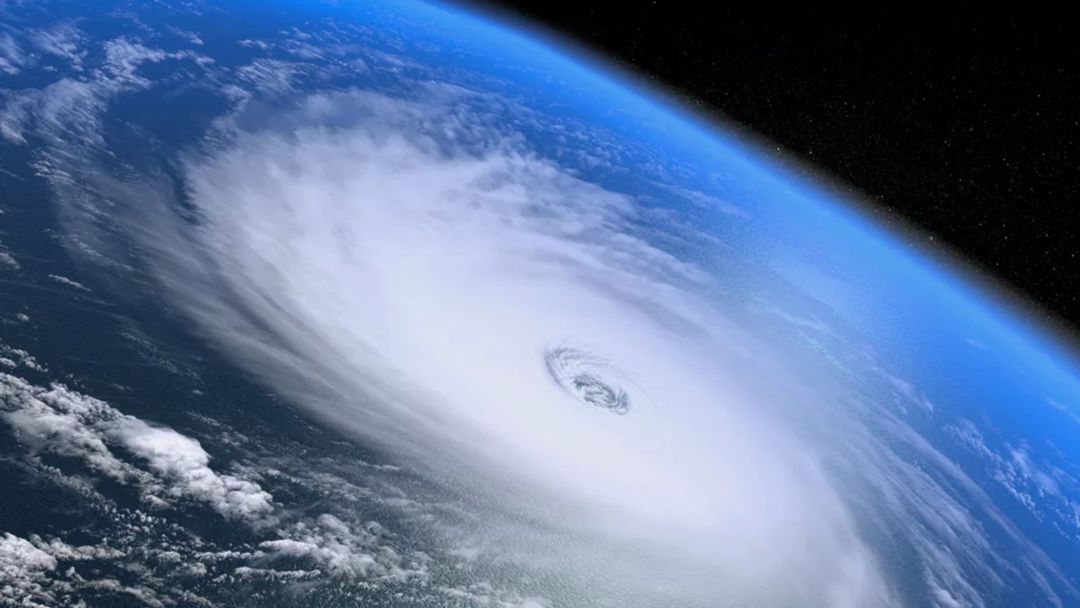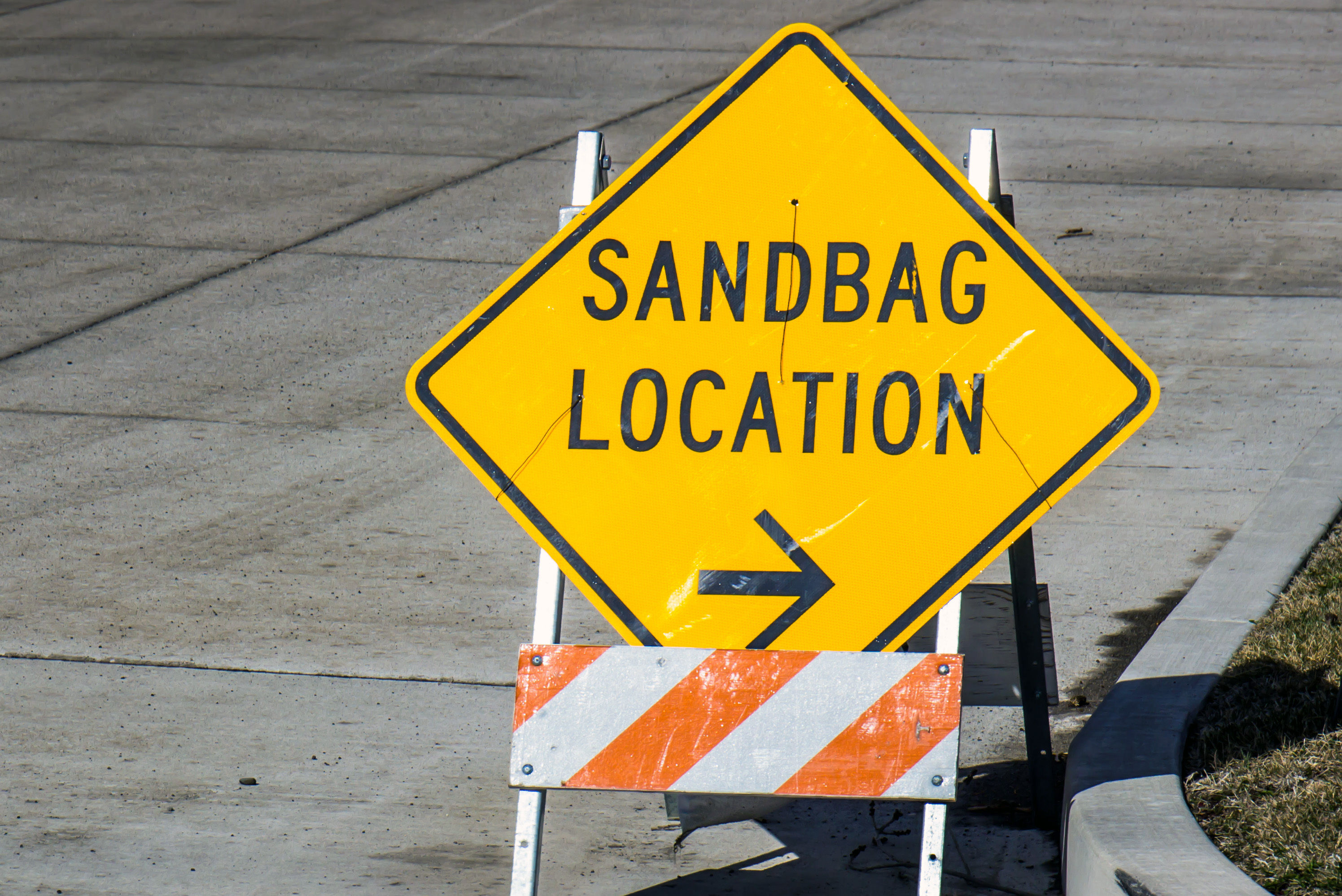Thanks to Harvey, Irma, Jose and Maria, There's Never Been a Hurricane Season Like 2017

Image: Shutterstock
“In 2017, September was the hurricane season,” says Longboat Key atmospheric scientist Bob Bunting. All summer, ocean waters were exceptionally warm—thermal maps show a sea of red off Florida and throughout the Caribbean—all the way down to 200 feet, providing a simmering cauldron of energy to fuel big storms. And there was another factor favorable to storm development: No winds were blowing to shear off the top of a developing hurricane. Yet there was little storm activity all summer long.
“Then, in September, Harvey formed,” says Bunting. “In 24 hours it went from a little tropical storm to an explosive major hurricane.” Soon after came Irma, Jose and Maria—“three mega-storms and three of them in the water at the same time!” he says. The ACE (accumulated cyclone energy) factor of those storms was off the charts, says Bunting; see below.
111
Normal ACE of an entire hurricane season
153
ACE of a hyperactive hurricane season
220
ACE of 2017 hurricane season
Harvey’s ACE: 11; Irma, 66; Jose, 42; Maria, 45
(Irma’s ACE alone met NOAA’s definition of an average full Atlantic hurricane season; Bunting compares the whirling energy of Irma to a “meat grinder.”)
A few other milestones from Bunting
Harvey was the first Category 4 hurricane to make landfall in Texas since Carla (1961) and in the United States since Charley (2004).
Harvey was the longest-lasting named storm on record after making landfall in Texas (117 hours). Prior record was Fern (1971)—54 hours.
Harvey produced 60.58 inches of rain in Nederland, Texas; the previous record was 48 inches for the continental U.S. from Tropical Storm Amelia in Texas.
Irma’s winds of 185 mph made it the strongest Atlantic storm on record; it spent 3.25 days as a Category 5, tying with the Cuba hurricane of 1932 for longest-lived Atlantic Category 5.
Maria had the lowest central pressure (which draws in warm, moist air) of any hurricane on record in the eastern Caribbean; it was the first Category 4 to make landfall in Puerto Rico since 1932 and the strongest to make landfall there since 1928.



